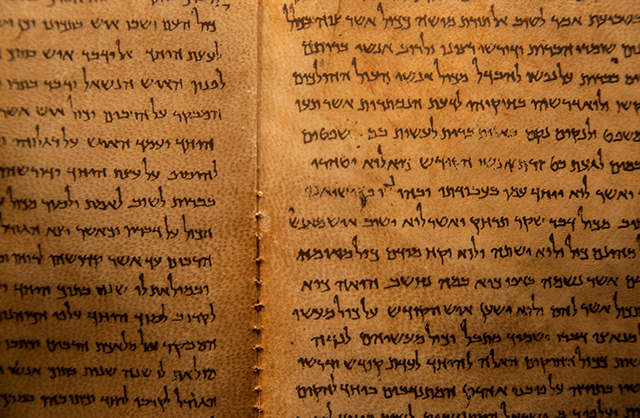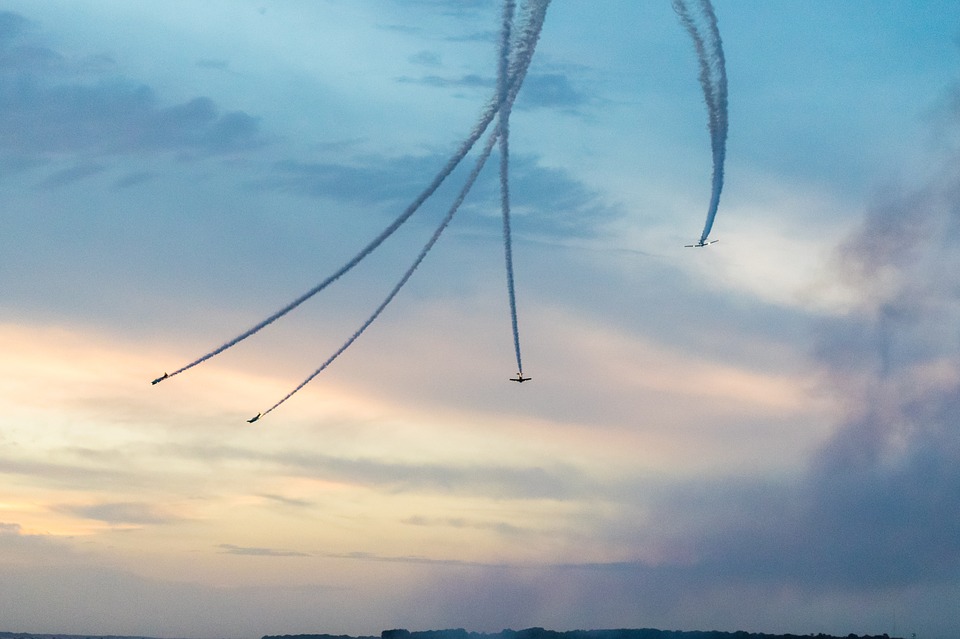Scientists uncover “invisible” ancient Hebrew inscription that can only be seen with advanced technology
07/26/2017 / By Jhoanna Robinson

Researchers, via the wonders of advanced imaging technology, have recently found the existence of an “invisible” inscription on the back of a pottery shard that has been sitting on a display case at The Israel Museum for over 50 years now.
Discovered in 1965 in Arad on the border of the Negev and Judean deserts, the ostracon belonged in 600 BCE, a time when Judah’s kingdom had been ransacked by the Babylonian king Nebuchadnezzar.
A team of researchers that comprised of archaeologist Israel Finkelstein, imaging lab and system manager Michael Cordonsky of Tel Aviv University’s School of Physics, and physicist Eli Piasetzky, were conducting tests on a new imaging system on the said ostracon when Cordonsky noticed that there were inscriptions on its back which were never observed before.
The team’s modified Canon SLR 450D digital camera took a picture of the clay shard in a dark room. The internal Canon IR cut filter was replaced with transparent glass that had the same refractive index, according to the study on the ink-inscribed pottery shard that was published in the science journal PLOS ONE.
Cameras that are usually used by schools and institutions for multispectral (MS) imaging have a selling price of around $100,000. The particular camera that Tel Aviv used to discover the hidden inscription cost only under $5,000. (Related: Turning Back Time with Tintype Photography)
According to Arie Shaus from TAU’s Department of Applied Mathematics and one of the main investigators of the study, “Using [MS] imaging to acquire a set of images, [Cordonsky] noticed several marks on the ostracon’s reverse side.”
For his part, Barak Sober, also of TAU’s Department of Applied Mathematics and also a researcher on the subject, added: “Using [MS] imaging, we were also able to significantly improve the reading of the front side, adding four ‘new’ lines.”
Dr. Anat Mendel-Geberovich of TAU’s Department of Archaeology said the ostracon came from a soldier outpost in Tel Arad which was located at the southern border of the kingdom of Judah and that the inscription had something to do with instructions posted in the soldier camp, noting, “Many of these inscriptions are addressed to Elyashiv, the quartermaster of the fortress. They deal with the logistics of the outpost, such as the supply of flour, wine, and oil to subordinate units. Its importance lies in the fact that each new line, word and even a single sign is a precious addition to what we know about the First Temple period.”
So what was the message in the inscription? The message can be summed up as “Need wine.” Among other things.
The ostracon, dubbed No. 16, is actually a letter to Elyashiv from Hananyahu — who the team thinks is the quartermaster in Beersheba — and which basically lists a couple of requests.
Shaus described in detail the contents of the ostracon: “The new inscription begins with a request for wine, as well as a guarantee for assistance if the addressee has any requests of his own. It concludes with the request for the provision of a certain commodity to an unnamed person, and a note regarding a ‘bath’, an ancient measurement of wine carried by a man named Ge’alyahu.”
Shaus is saying that the first line of the message on the back basically translates to “If there is any wine, send it.”
Other requests adorned the front side of the ostracon, such as, “Carry the purse with you! And return a[ll of it]. If (there is still) silver (in the sum of ) 5 Xar. And if there is still any oil left at your [p]ost – send it!”
Read more articles on ancient artifacts at Artifacts.news.
Sources include:
Tagged Under: Archaeology, artifacts, discoveries, Judah, multispectral imaging, Mysteries, ostracon, Tel Arad, Tel Aviv, weird science




















